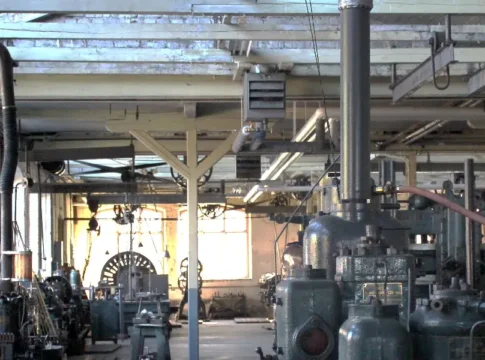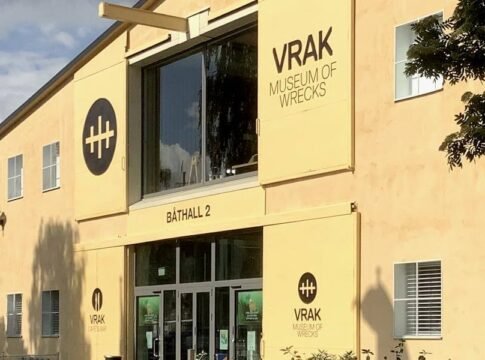Tumba Bruk: The Captivating World of Paper Production
Uncover the story of Sweden’s papermaking legacy at the Tumba Paper-Mill Museum, housed in a preserved 1755 mill just south of Stockholm. Founded by the Riksbank to combat banknote forgery, this site revolutionized secure paper production with intricate watermarks and imported Dutch technology.
Today, Tumba Bruk is a national heritage site that blends history, technology, and craftsmanship through interactive exhibits, hands-on workshops, and tranquil gardens.
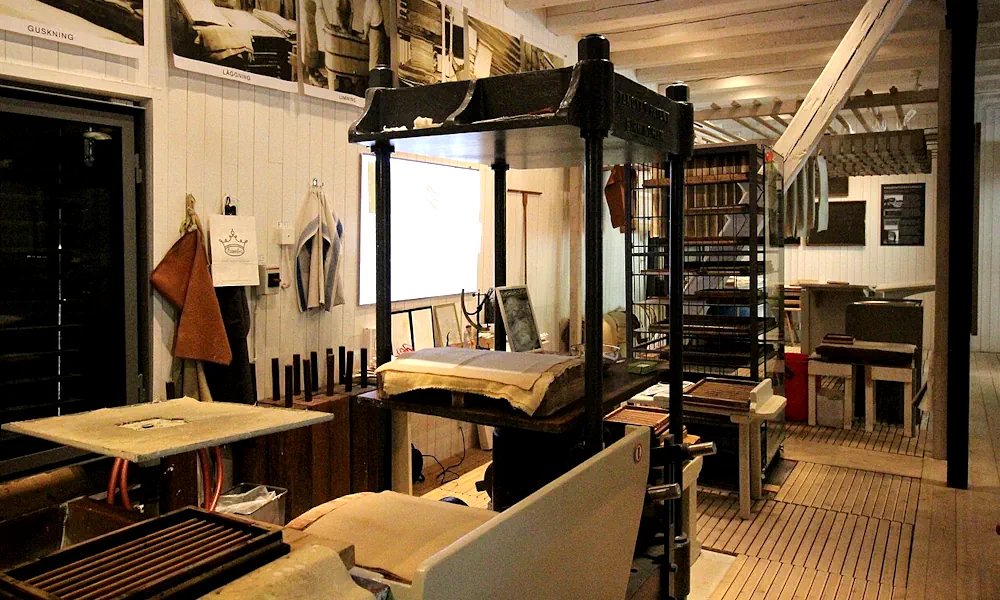
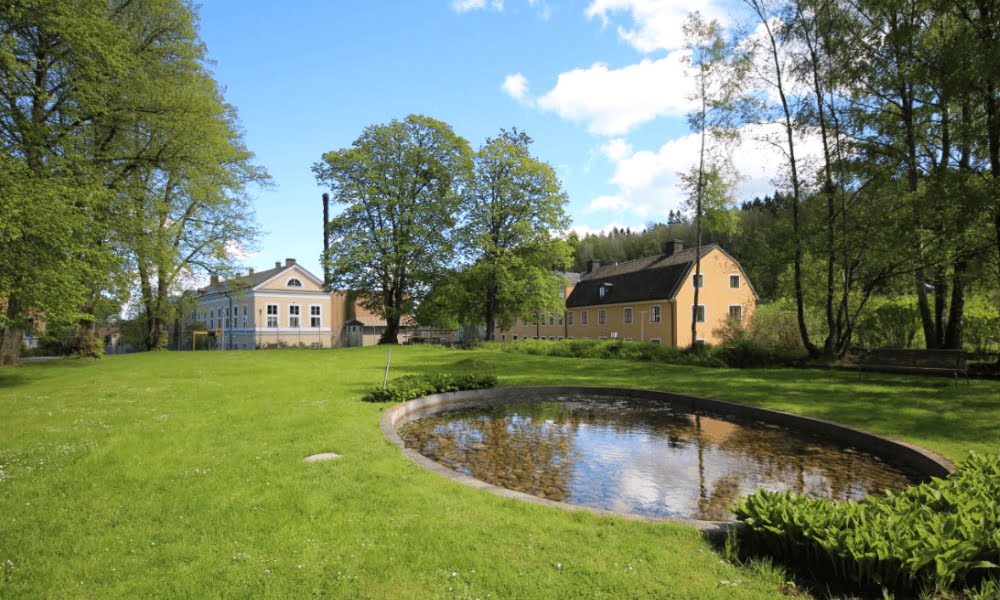
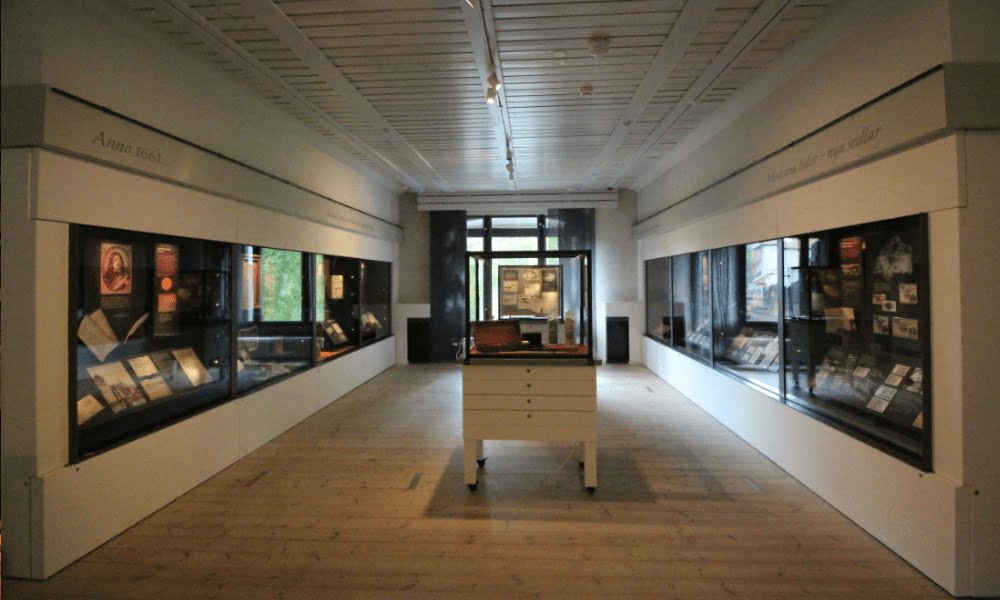
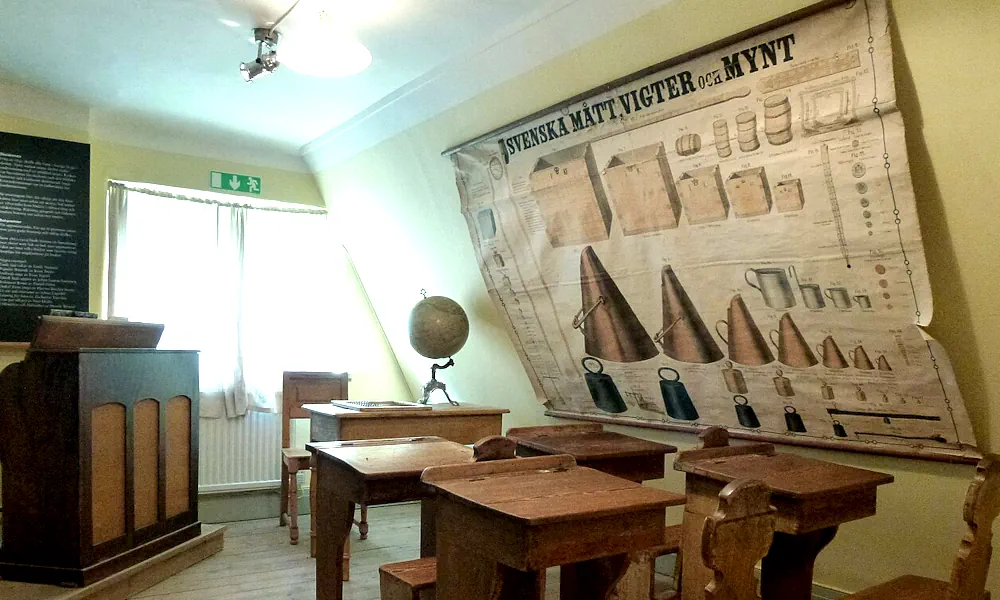
📜 Step into Sweden’s papermaking heritage
Set within original 18th-century buildings, the museum immerses visitors in the craft of traditional papermaking. Surrounded by lush greenery, Tumba Bruk offers a unique experience where industry, culture, and nature come together.
Whether you’re a history enthusiast or simply curious about traditional crafts, the museum provides a remarkable journey into Sweden’s industrial and cultural past.
⚙️ Explore the evolution of papermaking
Travel through time with exhibits that trace papermaking from hand presses and molds to the mechanized machines of the 20th century. Learn how innovation in this field shaped communication, education, and finance in Sweden and beyond.
👩🏫 Interactive learning and hands-on activities
Visitors of all ages can join tactile workshops and live demonstrations. Try traditional papermaking under expert guidance—an activity popular with families, school groups, and craft lovers alike.
🌍 Broader impact and cultural insight
Beyond technique, the museum explores papermaking’s influence on local economies, education, and literacy. Rotating exhibitions and themed events ensure fresh perspectives with every visit.
🌳 Enjoy the setting
After exploring the exhibits, wander the landscaped grounds or relax in the on-site café, which serves seasonal, locally inspired dishes. The serene surroundings make Tumba Bruk both an educational and rejuvenating destination.



